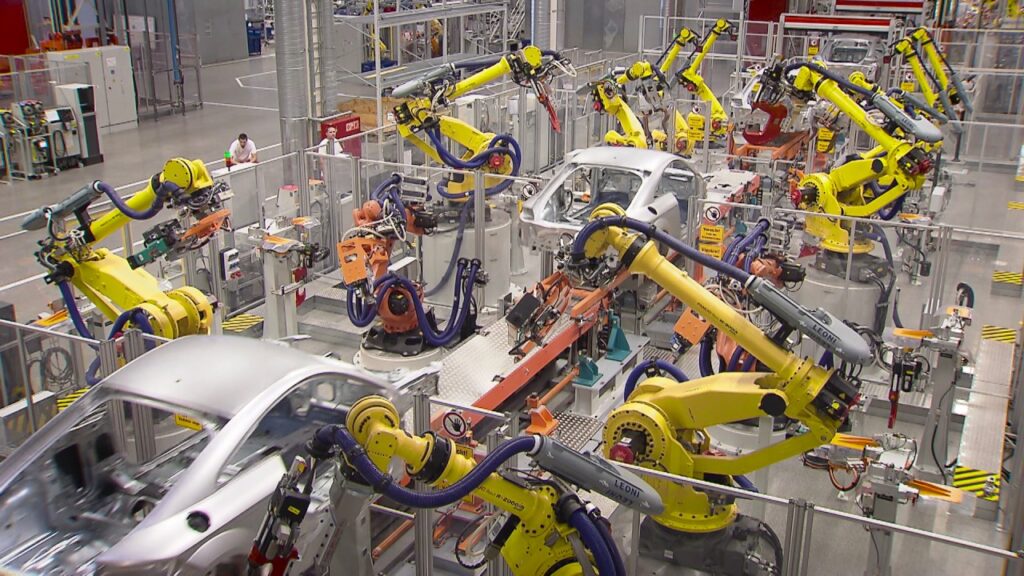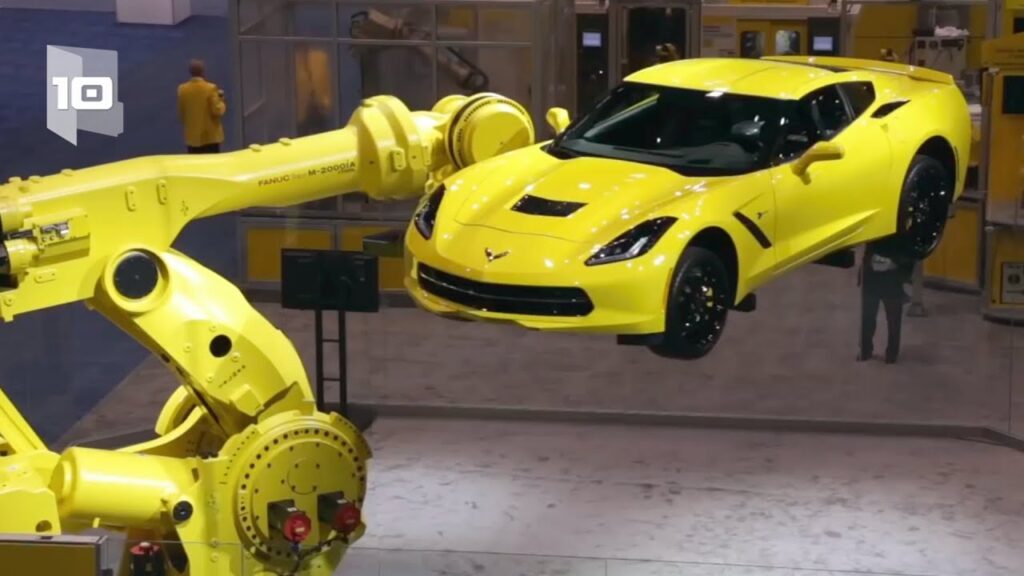Types of Industrial Robots
Introduction to Robotics - Industrial Robots has always been an intriguing topic in the field of engineering and technology. The advent of automated systems has revolutionized many industries, improving efficiency, precision, and productivity. In this article, we will delve into the various types of industrial robots that exist, uncovering their capabilities and applications.
Industrial robots are machine systems designed to carry out complex tasks in industrial settings. With the integration of artificial intelligence and advanced control systems, these robots are capable of performing actions that were once limited to human labor. From assembly lines to hazardous environments, industrial robots have become an indispensable tool in modern manufacturing processes.
1. Cartesian Robots:
Also known as gantry robots, Cartesian robots are known for their precise and linear movements. They operate using three linear joints, which allow them to move along the X, Y, and Z axes. Cartesian robots are widely used in applications that require high accuracy, such as 3D printing, CNC machining, and pick-and-place operations. These robots excel in repetitive tasks that demand precision and speed.
2. SCARA Robots:
Selective Compliance Assembly Robot Arm (SCARA) robots are commonly used in assembly and material handling operations. They are characterized by their horizontally extended arm and jointed structure, allowing them to reach out to various points within their work envelope. SCARA robots are known for their fast and efficient performance, making them ideal for applications in electronics, automotive, and pharmaceutical industries.
3. Delta Robots:
Delta robots, or parallel robots, are known for their exceptional speed and agility. These robots feature a fixed base with three arms connected to a moving platform. Their unique design enables them to perform highly dynamic tasks, such as packaging, sorting, and high-speed assembly. Delta robots are especially useful in industries that require rapid production rates, such as food and beverage packaging.
4. Articulated Robots:
Articulated robots are perhaps the most recognizable type of industrial robots. They consist of multiple rotary joints, resembling a human arm. This design allows them to mimic human movements and perform tasks that require dexterity and flexibility. Articulated robots are widely used in welding, painting, and material handling. Their versatility and adaptability make them suitable for a wide range of industries.
5. Collaborative Robots (Cobots):
Collaborative robots, or cobots, have gained popularity in recent years due to their ability to work alongside humans. Unlike traditional industrial robots, cobots are designed to be safe and interact with human workers without the need for guarding or safety barriers. These robots find applications in industries where human-robot collaboration is required, such as assembly lines and quality control.
6. Mobile Robots:
Mobile robots are autonomous robots equipped with wheels or tracks to move around the workspace. They are typically used in logistics, warehousing, and material handling applications. Mobile robots have advanced navigation capabilities, allowing them to navigate through complex environments and interact with their surroundings. These robots contribute to increased efficiency and flexibility in factories and warehouses.
In conclusion, the world of industrial robots is vast and ever-evolving. The Types of Industrial Robots we explored in this article are just a glimpse of the capabilities and applications possible with these advanced machines. From Cartesian robots providing precision and accuracy to collaborative cobots revolutionizing human-robot collaboration, industrial robots continue to reshape the manufacturing landscape. As technology advances, we can anticipate even more diverse and capable robots emerging, driving us toward a future where human and machine work seamlessly together.
Industrial Robot
"Demystifying Industrial Robots: Exploring Types and Functions within the World of Robotics"


